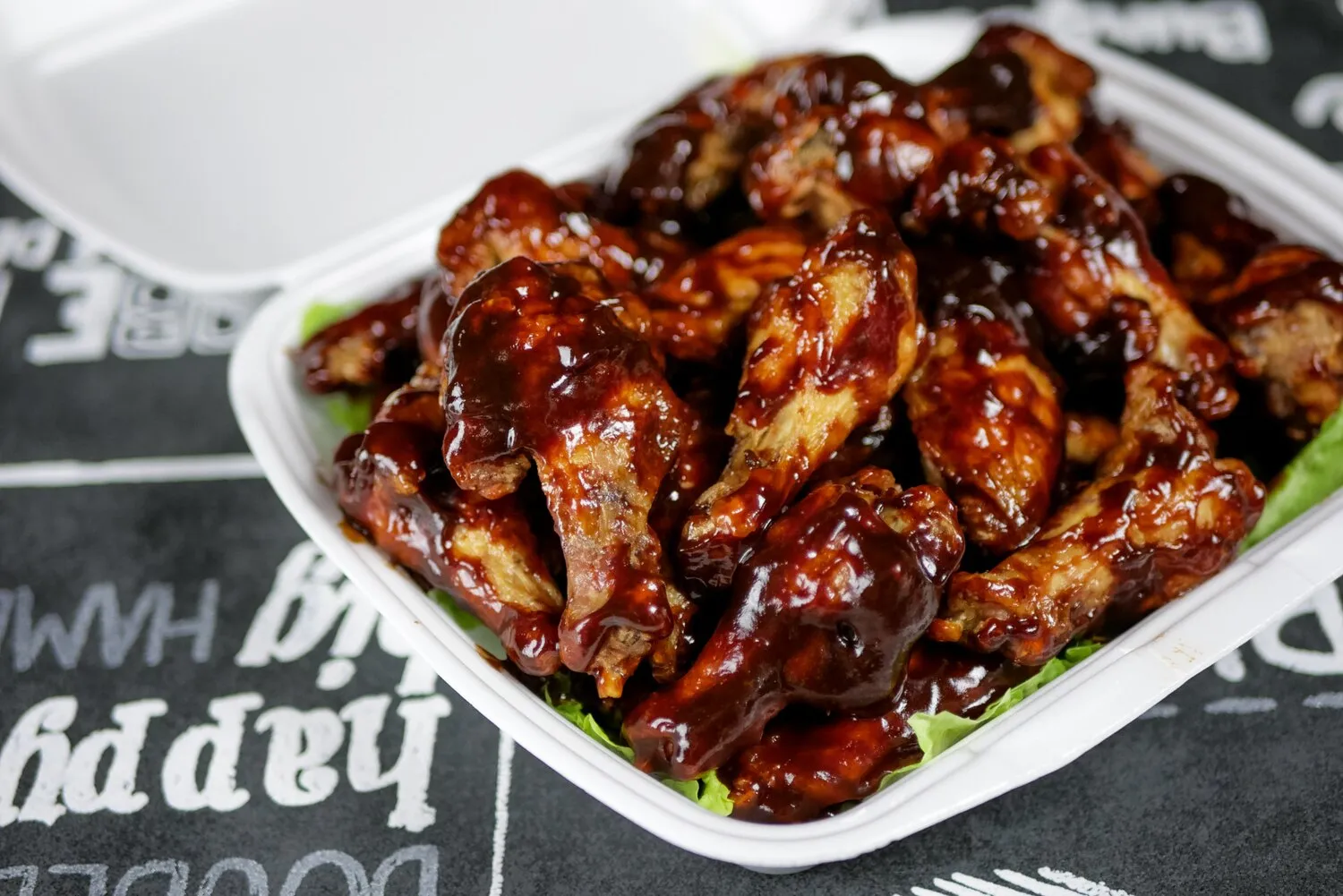
Foie gras
Duck liver
Nutrition Facts
* The % Daily Value (DV) tells you how much a nutrient in a serving of food contributes to a daily diet. 2,000 calories a day is used for general nutrition advice.
Foie gras, meaning 'fat liver,' has a history tracing back to ancient Egypt, where evidence suggests forced feeding of birds for liver enlargement. The practice spread through the Mediterranean to the Roman Empire, who valued goose liver. While its consumption continued through the Middle Ages, it was in France, particularly in regions like Alsace and Périgord, that foie gras became refined into the delicacy it is today. Jewish communities in the Middle Ages are also credited with popularizing goose and duck fat in cooking, contributing to the development of foie gras.
Foie gras is deeply embedded in French culinary tradition and is considered a symbol of luxury and gastronomy. It is often served during special occasions and holidays, particularly Christmas and New Year's Eve.
Symbol of French Gastronomy
Foie gras is widely recognized as a cornerstone of French cuisine and is associated with fine dining and exceptional quality.
Festive Occasions
Serving foie gras is a customary way to celebrate special events and holidays in France, demonstrating a commitment to indulgence and culinary excellence.
Ethical Considerations
The production of foie gras, which involves force-feeding, has generated considerable ethical debate and led to restrictions or bans in some regions due to animal welfare concerns. This controversy is an undeniable part of the cultural context surrounding the dish.
Foie gras is characterized by its rich, buttery, and intensely savory flavor profile. The texture is smooth and melts in the mouth, contributing to its luxurious appeal.
The dominant flavor of foie gras is intensely rich and fatty, almost buttery. It possesses a slight sweetness and a subtle earthy undertone. High-quality foie gras should not taste overly livery or metallic. Depending on preparation, secondary flavors can be introduced. Seared foie gras develops a crisp, caramelized exterior, enhancing its savory notes. Pairings with fruit compotes or sweet wines highlight the contrast between the richness of the liver and the sweetness of the accompaniments. Some foie gras may be seasoned simply with salt and pepper, while others incorporate aromatics like cognac, Armagnac, or truffles to deepen the flavor profile.
Selecting Quality Foie Gras
Look for foie gras that is firm, smooth, and pale pink in color. Avoid livers with blemishes or bruises. Choose whole lobes over pre-sliced portions whenever possible for optimal freshness and flavor.
Proper Storage
Fresh foie gras should be stored in the refrigerator and used within a few days. Vacuum-sealed foie gras can be stored for longer periods, according to the manufacturer's instructions.
Tempering Before Cooking
Before searing, allow the foie gras to temper at room temperature for about 15-20 minutes. This will help it cook more evenly and prevent it from seizing up in the pan.
Searing Technique
Use a hot, dry pan to sear foie gras. No oil is needed, as the liver will release its own fat. Sear for a few minutes per side, until golden brown and slightly crispy. Avoid overcrowding the pan to maintain proper searing temperature.
Serving Suggestions
Foie gras pairs well with sweet and acidic accompaniments, such as fig jam, fruit chutney, or balsamic glaze. Serve with toasted brioche or pain d'épices to complement the richness of the liver. Sweet wines like Sauternes or Gewürztraminer are traditional pairings.
Explore additional Appetizers dishes and restaurants
Explore AppetizersDiscover top dining spots and culinary experiences in Sherbrooke.
Explore SherbrookeLearn more about the food culture, restaurant scene, and culinary heritage of Canada.
Explore Canada